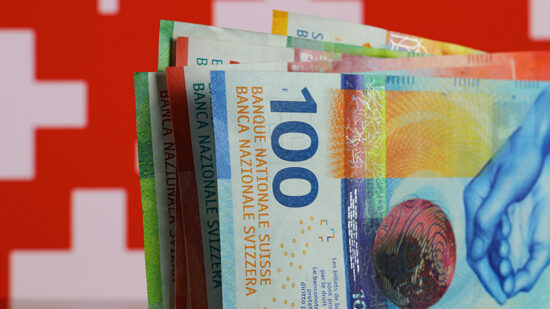They did, of course, forecast better growth in 2011-12 in their original 2010 estimates, but have had to scale those back. They now expect growth of 0.8% this year, 2% next year, 2.7% in 2014 and 3% for each of the following two years.
So where does the growth come from?
They anticipate much of it coming from increased household consumption as they expect average earnings to be rising well by the end of the period, in excess of CPI inflation. They also think business will increase investment and there will be a small positive from increased exports. Since their November forecast they have become more bullish on the prospects for extra household spending, have revised up their forecast of government current spending and become more pessimistic about business investment.
By 2016 the OBR thinks there will be 4% inflation as measured by the more traditional RPI, though still only 2% on the CPI. They expect wages and salaries to be rising by 5.6% and house prices to be increasing by 4.5%.
I suspect the forecasts understate the contribution of public sector current spending to economic activity in the later years, as they understated it in the 2010 forecasts for this year and next. The OBR states “Government consumption looks to have made a positive contribution to growth in 2011 and is currently estimated to have grown by a little over 1% in real terms in the final quarter of the year…. the positive contributions from this component are still surprising.”
We do not share their surprise, as we have been forecasting such an out-turn for some time. The current strategy for private sector-led growth rests heavily on more substantial cuts in public spending in the second half of this planned five-year Parliament to shift resources into the private sector. It is possible that as the election approaches these cuts will be altered.
Private sector to bear the burden
The substantial increase in business investment still in the figures rests heavily on the growth in private sector incomes and consumption. It is possible that by the middle of the decade the easier money injected into the system will start to find its way into wage packets and spending. The forecast assumes easier money leads to more inflation and to more activity. The remaining problem is the state of the banks, and the persistent wish of the authorities for the banks to lend less to improve their capital ratios.
The suggestion of higher RPI inflation is a worry for investors that needs to be taken into account. While we think public spending may be stronger than forecast, we are more cautious about the prospects for consumer-led growth than the OBR.
Meanwhile the deficit remains large, the government financing needs are still big, and interest rates are unlikely to fall further. The OBR forecasts rising gilt yields from here. They think the average conventional gilt rate of 2.2% will go up to 3.2% by 2014-15. We still advise investors to avoid gilts.
For share investors there is still plenty of work to be done to shift the economy from its high dependence on the public sector and to increase the industrial share as the government wishes.







